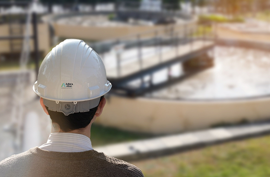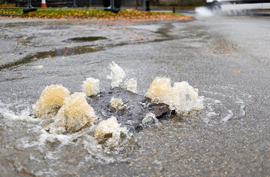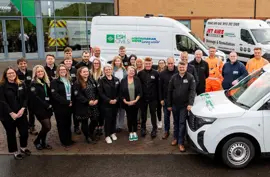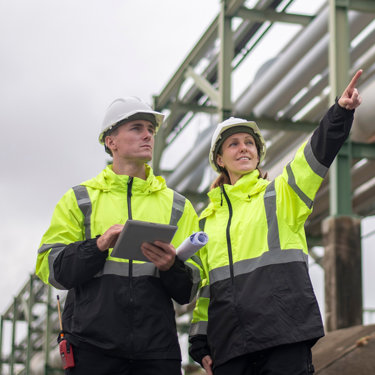The ABCs of DNO: What is a DNO application?
Published: 21 July 2021
Are you wondering what a DNO application is? Or even what a DNO is? Don't worry, many people have wondered the same thing, so you're not the only one.
A DNO stands for a distribution network operator. They are companies that control all the towers, cables, and electricity distribution within their designated area. When you are looking to install any solar power system, such as EV charging infrastructure, you must complete a DNO application.
What is a DNO application?
Whenever you're wanting to connect any solar power system, you have to fill out a DNO application with the relevant distribution network operator. This is so they can accurately calculate the amount of electricity needed.
Depending on the size of the solar generator, you'll have forms to fill in before you can start to install. It usually follows the rule that the larger the system, the more documentation you need.
The threshold for a solar power system installation is normally if it's over or under 16 amps per phase. The inverter's AC output is a guideline for your rated amp output. If you don't know the amp rating, you can ask the installation company as their electricians can advise you.
Small systems have an AC output of under 16 amps per phase. These can usually be registered by submitting a G83 form to the DNO and you can install immediately.
If you have systems that have an AC output of over 16 amps per phase, these are large. Legally you need to contact your DNO before you install anything and fill in any relevant forms. The process and review by the DNO can take up to eight weeks.
End results of a DNO application
After the DNO application has been assessed, they will come up with a connection offer. Usually, this includes the maximum specification of the connection and if there are any additional charges. There are three outcomes you can end up with:
- Your application is accepted, where the DNO is happy with the system size you requested. You can then proceed with the installation and there should be no extra charges.
- An export limitation is a requirement, meaning the system size has reached a certain kWp AC rating point. Having a witness to ensure that the limitation is followed is sometimes required and will include a small fee.
- The supply size needs upgrading, meaning you can't install and connect the system until all relevant work has finished. The upgrade is usually from a single to a three-phase. Then it will be an added charge and can be pricey depending on the different sites.
Environmental risk management for you
DNO applications are not complicated. When you understand everything and know what's expected of you and your business. As part of an EV chargepoint installation we can support you with your DNO application.
If you are considering installing EV chargepoints, we can provide a full end-to-end solution from design, application, civils, electrical work and hardware installation.
More from our Knowledge Hub
 News
NewsCelebrating and supporting our veterans at the Forces in Business Awards 2025
 Insights
InsightsRebuilding trust in water: Interim recommendations from the Independent Water Commission
 Insights
InsightsMitigating the impact of the 4 ‘I’s to reduce pollution in water networks
 News
NewsEsh Construction secures Northumbrian Water repairs and maintenance framework
Environmental compliance today, creating a sustainable tomorrow
Helping you reduce risk to the environment and your operation by managing assets compliantly while achieving commercial, ESG, and net-zero goals.
Contact our experts
